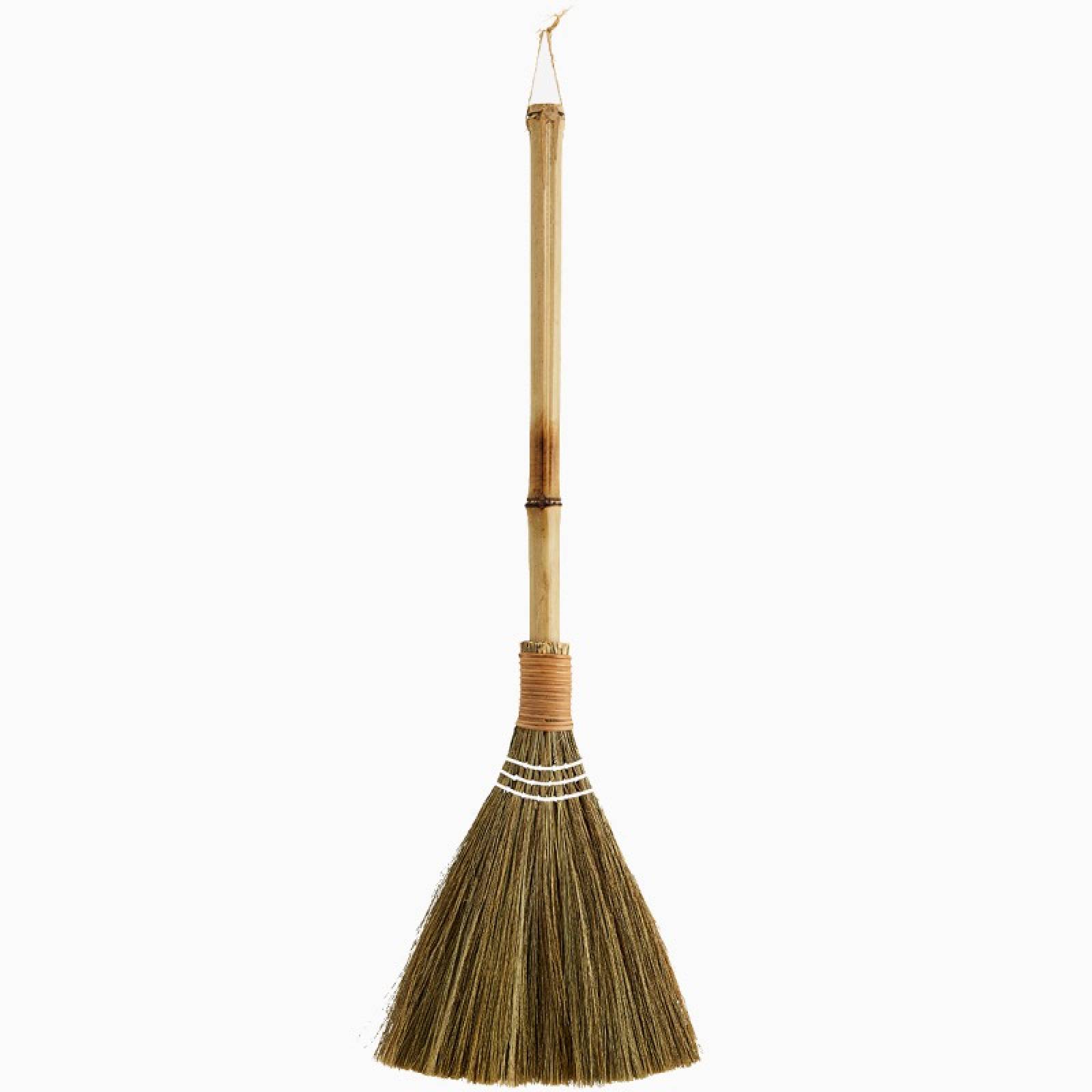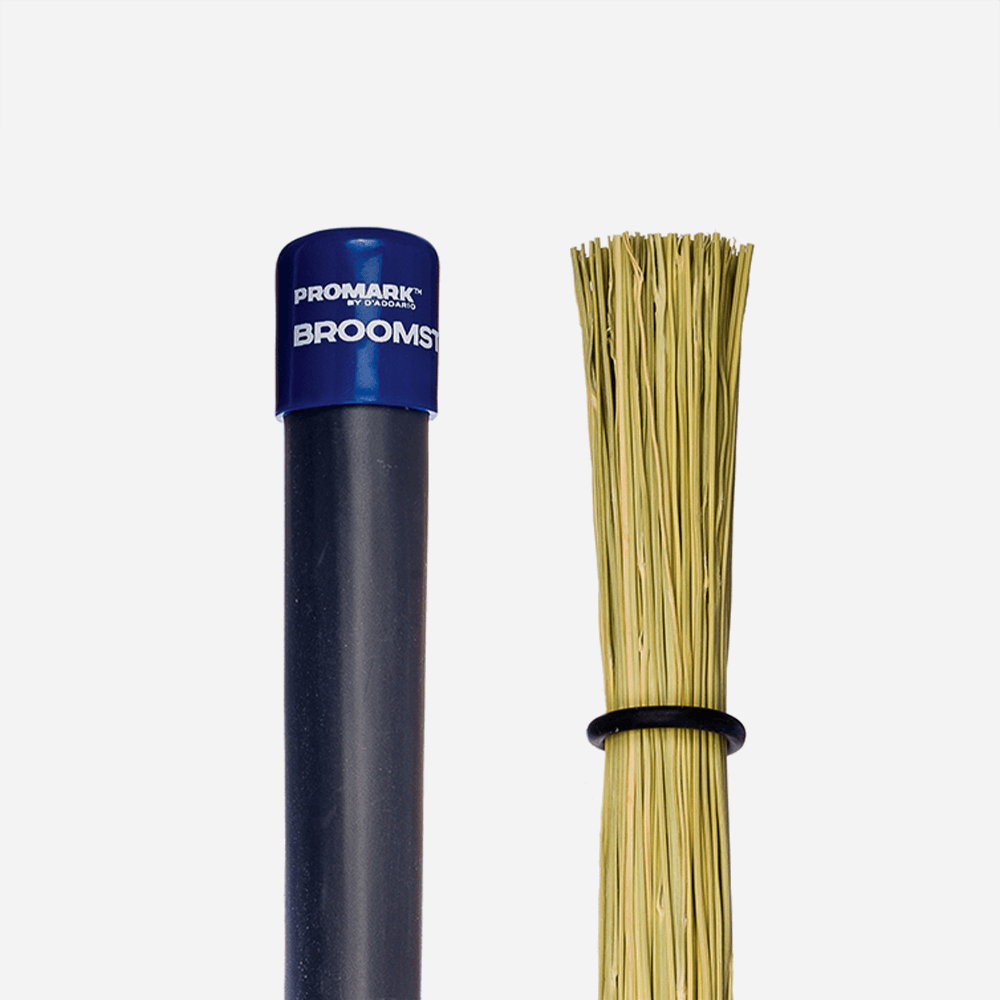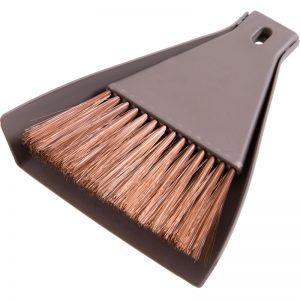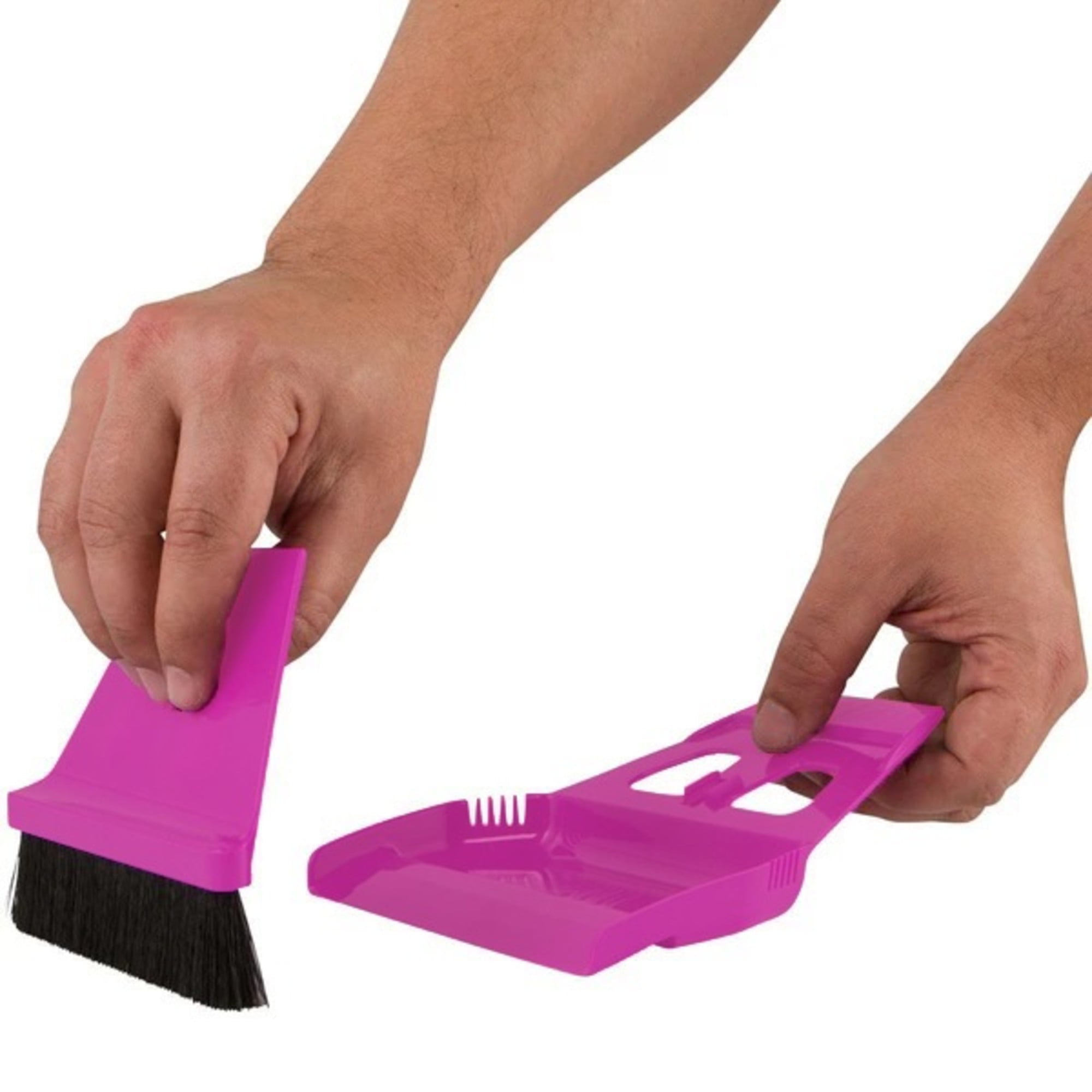

The broom overdoes its job and when chopped into pieces, each splinter becomes a new broom that flood the room until Yen Sid stops them.

#Small broomstick full#
In Disney's 1940 film Fantasia, Mickey Mouse, playing The Sorcerer's Apprentice, brings a broom to life to do his chore of filling a well full of water. Dorothy carries it to the Wizard with the Scarecrow, Tin Man, and Lion after the Wicked Witch's death. The Wizard commands Dorothy and her three traveling companions to bring the Wicked Witch's broomstick to him in order to grant their wishes. She also used it to skywrite " Surrender Dorothy" above the Emerald City. In Metro-Goldwyn-Mayer's 1939 film, The Wizard of Oz, the Wicked Witch of the West used a broomstick to fly over Oz. The concept of a flying ointment used by witches appears at about the same time, recorded in 1456. The first reference to witches flying on broomsticks in Europe dates to 1453, confessed by the male witch Guillaume Edelin. The first known reference to witches flying on broomsticks dates to the 11th-century Islamic traditionalist theologian Ibn Qudamahin his book al-Mughnī ( The Persuader ). In the context of witchcraft, broomstick is likely to refer to the broom as a whole, known as a besom. Magic įrancisco Goya's Los Caprichos: ¡Linda maestra! ("The Follies: Beautiful Teacher!") – witches heading to a Sabbath on a broomstick Faced with competition from imported brooms and synthetic bristles, most of the factories closed by the 1960s. The state of Oklahoma became a major center for broom production because broom corn grew especially well there, with The Oklahoma Broom Corn Company opening a factory in El Reno in 1906. Most of these were in the Eastern United States during the Great Depression in the 1930s, the number of factories declined to 320 in 1939. One source mentions that the United States had 303 broom factories by 1839 and that the number peaked at 1,039 in 1919. This machine played an integral part in the Industrial Revolution. In 1810, the foot treadle broom machine was invented. Dickenson subsequently invented a machine that would make better brooms, and faster than he could.

The sorghum brooms held up well, but ultimately, like all brooms, fell apart. His wife spread good words around town, creating demand for Dickenson's sorghum brooms. In 1797, the quality of brooms changed when Levi Dickenson, a farmer in Hadley, Massachusetts, made a broom for his wife, using the tassels of sorghum, a grain he was growing for the seeds. The broom is also a symbolic object associated with witchcraft and ceremonial magic. The majority of brooms are somewhere in between, suitable for sweeping the floors of homes and businesses, soft enough to be flexible and to move even light dust, but stiff enough to achieve a firm sweeping action. Soft brooms are used in some cultures chiefly for sweeping walls of cobwebs and spiders, like a " feather duster", while hard brooms are for rougher tasks like sweeping dirt off sidewalks or concrete floors, or even smoothing and texturing wet concrete. It is commonly used in combination with a dustpan.Ī distinction is made between a "hard broom" and a "soft broom" and a spectrum in between.

It is thus a variety of brush with a long handle. Sorghum-made brooms with long handles as well as short handlesĪ broom (also known as a broomstick) is a cleaning tool consisting of usually stiff fibers (often made of materials such as plastic, hair, or corn husks) attached to, and roughly parallel to, a cylindrical handle, the broomstick.


 0 kommentar(er)
0 kommentar(er)
